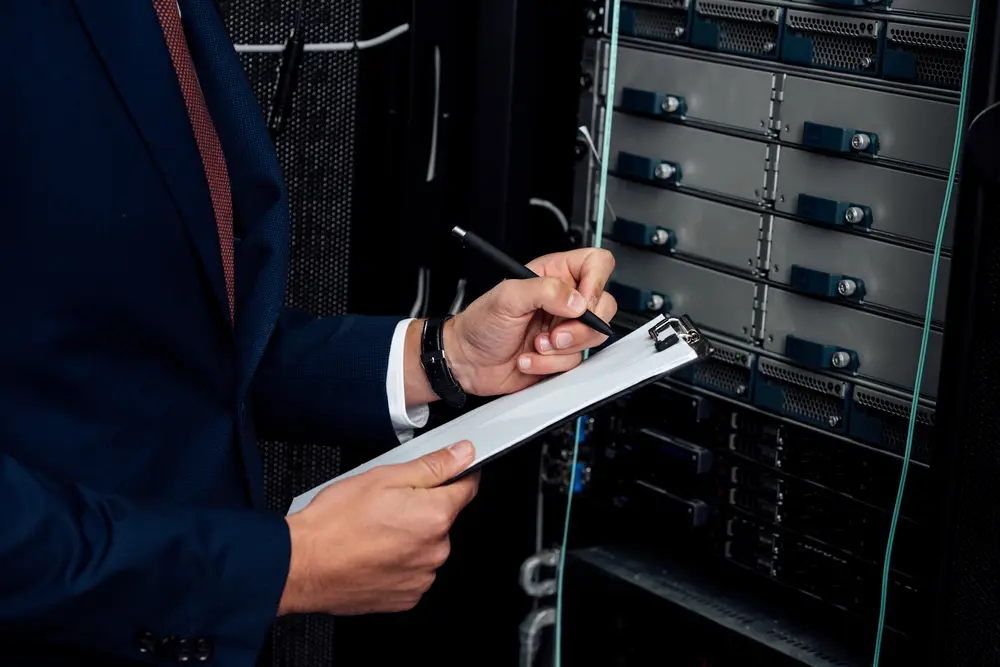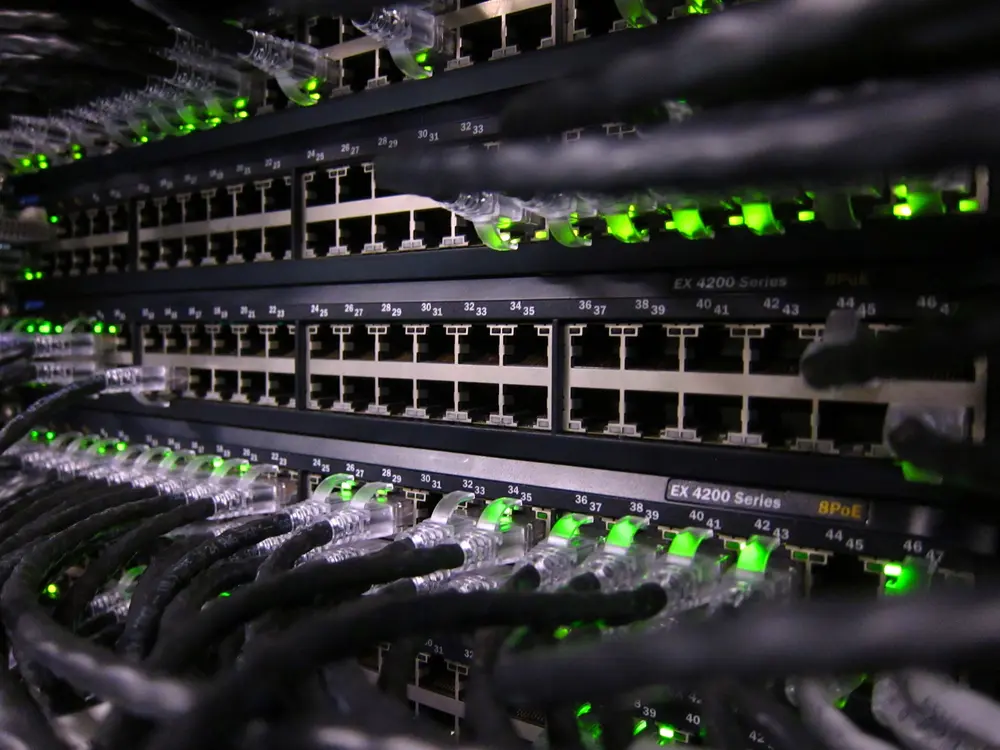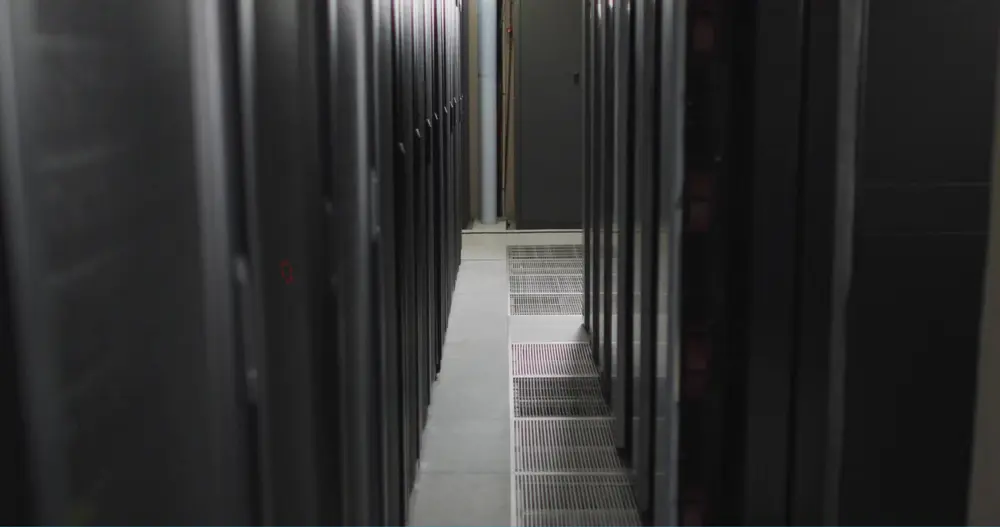Systems administrator’s role covers a wide range of responsibilities, requiring diverse skillsets from understanding and implementing best security practices to managing cloud and virtualized environments. While the specific duties can vary depending on the organization’s size and industry, there are several key areas of expertise that every Systems Administrator should know.
Best practices for systems administration: One of the crucial lessons is that consistency is key. It’s essential to create and adhere to a set of standard operating procedures (SOPs) for managing systems. This standardization reduces the risk of errors and helps make troubleshooting more straightforward. An example of this could be having a consistent naming convention for user accounts or machines. If a user is having an issue and they report their username or machine name, an administrator can gain a lot of information just from this if a standard naming convention has been used. This principle is part of the ITIL’s Service Transition and Operation processes.
Troubleshooting skills: Systems Administrators are often the first line of defense when hardware or software issues arise. This can range from diagnosing network latency, managing a malfunctioning server, or troubleshooting software bugs. An efficient systems administrator should have strong deductive skills to identify the root cause of issues and apply effective solutions quickly to minimize downtime.
Understanding and implementing security measures: A Systems Administrator must fully comprehend and apply security best practices across all systems. This might include patch management, principle of least privilege (PoLP), firewall configuration, and implementing security measures for both physical and virtual environments.
For instance, regular patching (updating systems and applications to address vulnerabilities) is an essential task. A delay in patching could expose the system to known vulnerabilities that attackers could exploit. This maps to the ISO 27001 standard and NIST’s Cybersecurity Framework.
Cloud management and virtualization: In the modern IT environment, cloud services and virtualization technologies play a crucial role. With the rise of cloud computing, many companies are migrating their services to cloud platforms such as AWS, Google Cloud, and Microsoft Azure. Understanding how to manage and orchestrate these services is an invaluable skill for any systems administrator. This includes skills like managing virtual machines, working with cloud storage, understanding cloud network architecture, and handling cloud-specific security considerations. Similarly, virtualization technologies like Docker, Kubernetes, or VMWare have become central to many business operations. Virtualization allows for greater efficiency in hardware utilization, increased system uptime, and easier system management and deployment.
Backup and disaster recovery planning: One of the core responsibilities of a Systems Administrator is ensuring data is regularly backed up and a comprehensive disaster recovery plan is in place.
For example, administrators need to set up a backup schedule, verify backups, and perform regular “fire drills” to ensure data can be restored. This aligns with the ITIL’s Service Continuity Management process and ISO 27031.
Knowledge of operating systems: A deep understanding of various operating systems (OS) is essential. For example, Linux is widely used in enterprise environments, so understanding its file systems, networking, and security aspects is crucial. Similarly, knowledge of Windows Server OS, MacOS for certain environments, or Unix for legacy systems is vital. This includes managing system resources, understanding OS-level security, performing shell scripting, or using command-line tools.
Monitoring and regular system checks: Proactive monitoring of system performance, security, and logs helps identify potential issues before they escalate.
An example might be setting up a monitoring tool to alert when disk space on a server is running low, allowing the issue to be addressed before it impacts users or causes system outages. Monitoring and regular checks are part of the ITIL’s Service Operation and Continual Service Improvement processes.
Understanding and managing dependencies: Systems rarely operate in isolation; they are often part of a complex environment with dependencies on other systems, applications, and networks.
For example, if an administrator is managing a web server, they need to understand how it interacts with the database server, authentication servers, the network, and more. A problem in one area could impact others, so understanding these dependencies is key to troubleshooting. This approach is part of the ITIL’s Service Design and Transition processes.
Effective documentation and communication: Good documentation saves time and reduces confusion. Everything from system configurations, standard operating procedures, incident management to change logs should be documented.
For instance, when deploying a new application on a server, documenting the process can provide a reference for future installations or troubleshooting. Furthermore, being able to communicate effectively with different stakeholders is crucial, and this maps broadly to the ITIL’s Service Transition and Operation processes.
Server management: An important lesson for server management is to separate services across different servers or at least different virtual machines. This separation of concerns not only enhances security but also improves the overall reliability and performance of the servers.
For example, you might separate a web server, a database server, and an application server onto different machines. This way, if one server experiences heavy traffic or crashes, it doesn’t directly impact the other services. This maps to the ISO/IEC 27001:2013 standard that advocates system segmentation and segregation.
System monitoring: A key lesson here is to not only monitor the obvious system parameters like CPU usage, disk space, and memory usage, but also to monitor application-specific parameters.
For instance, if you’re administering a server running a web application, you should also monitor the HTTP response times and error rates, as these can provide early indications of problems. You might use a tool like Nagios or Prometheus for this. If HTTP error rates suddenly spike, this could indicate an issue with the application or a sudden increase in traffic that might require scaling. This approach aligns with ITIL’s Service Operation process, specifically with the event and incident management practices.
Software and hardware updates: It’s crucial to keep all software and hardware updated to ensure security and optimal performance. However, an important lesson is to test all updates in a controlled environment before deploying them in production.
For instance, if a new patch is released for your server’s operating system, it’s prudent to first test this patch on a non-production system. This allows you to identify any issues or incompatibilities the patch might introduce before it affects your production environment. This practice is part of the ITIL’s Change Management process and also maps to the ISO/IEC 27001:2013 standard’s System Acquisition, Development, and Maintenance section.
Project management skills: A systems administrator might need to oversee a system upgrade or deployment of a new service. This requires defining project goals, timelines, resource management, and coordinating with other teams (like network engineers, software developers, or management). Knowledge of project management principles, such as those found in the Project Management Body of Knowledge (PMBOK), can be very beneficial.
Vendor management: This involves liaising with external suppliers for acquiring new hardware or software, managing contracts, resolving service-level issues, or negotiating costs. A systems administrator should understand how to communicate effectively with vendors, manage relationships, and ensure that services meet their organization’s requirements.
Regulatory compliance: Depending on the sector, the Systems Administrator might need to ensure that IT systems are compliant with various regulations. For example, in healthcare, they must comply with HIPAA regulations for handling patient data. In Europe, any handling of personal data would need to comply with GDPR. This involves understanding these regulations and implementing necessary controls, such as data encryption and access restrictions.
Tags: SysAdmin
Category: Infrastructure



